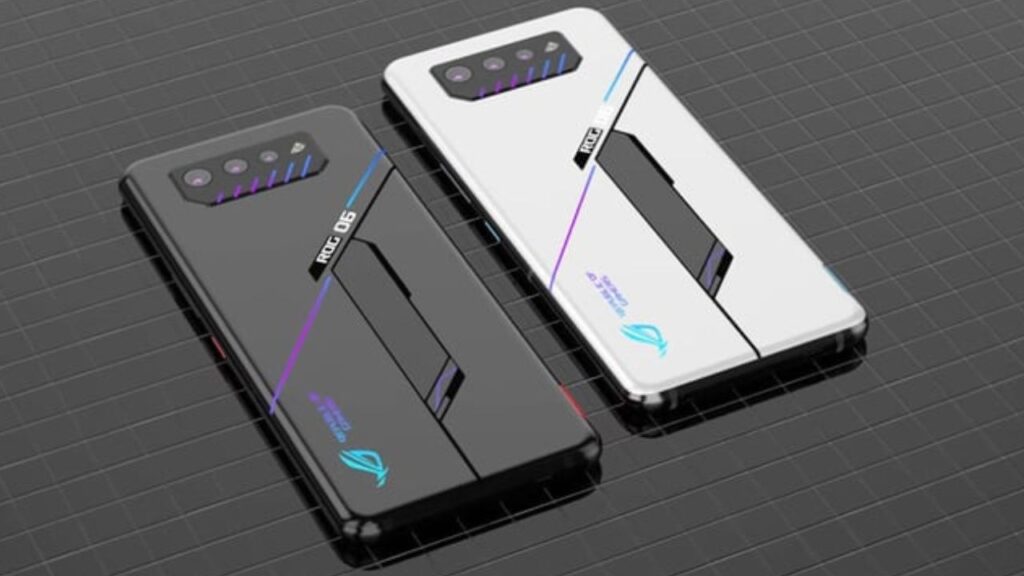In an age where sustainability is crucial, selecting an eco-friendly laptop doesn’t mean compromising on features or performance. Whether you’re upgrading for better functionality, enhanced performance, or simply because your old device has reached the end of its lifespan, opting for an environmentally conscious laptop is a responsible and exciting decision. Here’s how to ensure your new laptop aligns with eco-friendly practices.
1. Sustainable Build and Packaging Materials
One of the primary ways laptops become more eco-friendly is through the use of recycled and sustainable materials in their construction. HP, for instance, utilizes post-consumer recycled plastics, ocean-bound plastics, and recycled carbon fiber from the aerospace industry in their products. These materials often appear in key components like keycaps, adapters, peripherals, and even chassis covers.
Additionally, some manufacturers incorporate low-carbon aluminum, produced using renewable energy, and biodegradable materials such as castor beans instead of traditional plastics. Eco-friendly packaging, like using recycled cardboard, also plays a significant role in reducing environmental impact. Companies committed to sustainability often adhere to standards set by the Responsible Business Alliance, ensuring ethical sourcing of precious metals from conflict-free regions.
2. Prioritizing Energy Efficiency
Energy efficiency is a critical aspect of eco-friendly devices. Laptops with certifications such as Energy Star, 80 Plus, and EPEAT are designed to consume less power without sacrificing performance. High-powered gaming laptops might have a substantial energy draw, but efficient ultrabooks and Chromebooks can last up to 20 hours on a single charge.
For instance, Apple’s M-series MacBooks offer impressive efficiency and long battery life, making them a prime example of combining power with sustainability. To find the most energy-efficient models, utilize the Energy Star and EPEAT search tools, which provide comprehensive lists of certified laptops.
3. Emphasizing Repairability and Upgradeability
The trend towards repairable and upgradeable electronics is gaining momentum, with brands like Framework leading the charge. Framework laptops are designed for easy modular upgrades and repairs, allowing users to replace or upgrade components like the CPU and GPU. This approach extends the lifespan of the device and reduces electronic waste.
Organizations like iFixit provide repairability scores for various electronics, including laptops, helping consumers make informed decisions about the longevity and sustainability of their purchases. Emphasizing repairability ensures that minor issues, such as a broken keyboard or battery, don’t render a laptop obsolete.
4. Efficient Usage Practices
Maximizing the efficiency of your laptop usage can significantly impact its environmental footprint. Simple changes like adjusting power settings, reducing screen brightness, and closing unnecessary applications can extend battery life and reduce energy consumption.
For gamers, utilizing features like Nvidia’s DLSS, AMD’s FSR, and Intel’s XeSS can enhance performance without increasing power draw. Avoiding extreme temperatures and handling your laptop with care can also prolong its lifespan.
5. Eco-Friendly Disposal and Recycling
When it’s time to part with your laptop, consider environmentally responsible disposal options. Donating to organizations like Computers With Causes or Computer Aid can give your device a second life. Many manufacturers, including Dell, Apple, and Samsung, offer trade-in programs that provide discounts on new purchases in exchange for old devices.
If your laptop is beyond repair, take advantage of recycling programs offered by manufacturers or retailers like Best Buy. Proper recycling ensures that valuable materials are reclaimed and harmful components are disposed of safely. Before recycling, always securely wipe your data to protect your personal information.




















